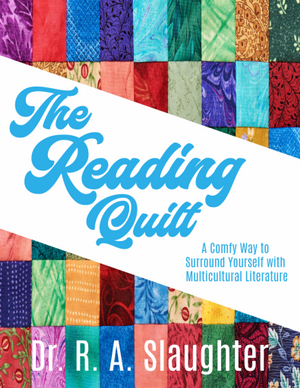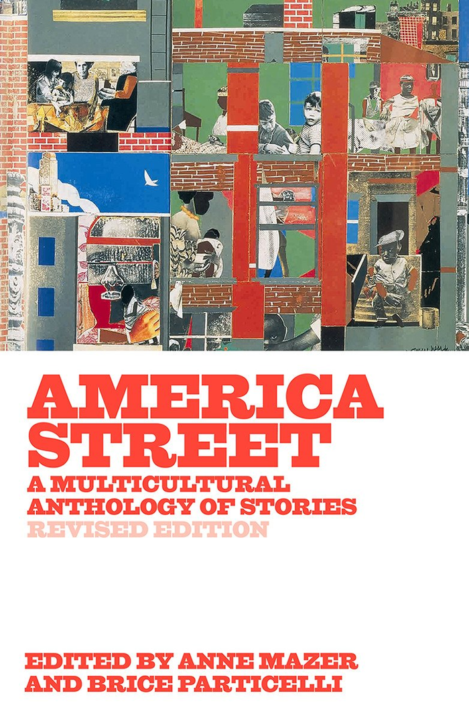In this time of banning books, Americans have seen a rise in censorship for books and materials that are seemingly innocuous. It is true: Legislators have spent long hours creating lists of books that will never see the light of day again. The labels of “harmful” and “explicit” are the loaded words and excuses that advocacy groups are tossing around in order to strike books from school and library bookshelves. According to Pen America, “The 2022-23 school year has been marked by an escalation of book bans and censorship in classrooms and school libraries across the United States.” Specifically, to date, there have been 3,362 bans put into place. Pen America is an advocacy group with a lofty mission: to unite writers and their allies to celebrate creative expression and defend the liberties that make it possible.
Certainly, book bans are challenging the teaching profession. Teachers lament that they have no freedom of literary choice in the classroom. For the sake of education, is there any way to circumvent these annoying book bans? How can teachers celebrate multicultural literature without breaking the law?
Enter the anthology.

Each month “The Reading Quilt” provides a short review of a book that a teacher may use to spark conversations about culture and race, along with a learning activity that may help students understand human behavior. Using the acronym QUILT, the review offers readers information about the Quality of writing, Universal theme, Imaginative plot, a mini-Lesson plan, and Talking points that stem from the book’s premise. This month’s selection is a multicultural anthology titled America Street: A Multicultural Anthology of Stories edited by Anne Mazer (Persea Books, New York, 1993).
The anthology offers a lot of benefits: First, in just a few pages, a short story provides the opportunity to take a look into a window or mirror to learn more about other cultures or make a heart connection to a part of the story that resonates with you personally. Second, it is a story you and your students could finish in one class period. Third, short stories often have opportunities to increase comprehension through the fast emotional investment the reader will make while following the storyline. Another bonus: Short stories offer reluctant readers a way to read a story from beginning to end while avoiding reading fatigue.

Cover image for America Street: A Multicultural Anthology of Stories. Source: Amazon.com
Quality of writing: The anthologies offer a selection of premier short stories written by literary giants that have become classics. In America Street: A Multicultural Anthology of Stories, the reader will be pleased to find Langston Hughes’s short story “Thank you, M’am,” Gary Soto’s “The No-Guitar Blues,” Robert Cormier’s story “President Cleveland, Where Are You?” and Toni Cade Bambara’s “Raymond’s Run” just to name a few. These stories remain staples of the ELA (English, Language Arts) classroom because the authors are prolific writers who have left legacies of literary gems.
In the anthology, each story packs an emotional punch that will stay with the reader for many years. In Hughes’s story “Thank you, M’am, Hughes introduces his readers to Mrs. Jones and Rogers. Jones will not let Rogers act out without learning an important lesson. With dialogue that makes you conjure up your own grandma who always carried that bag “that had everything in it but a hammer and nails,” Hughes pulls you into the encounter of the teen terror and “feeble” victim. It is her half-nelson around the teen’s neck that helps you know the gray-haired lady was no victim at all.
Universal theme: America Street: A Multicultural Anthology of Stories includes themes that could spark dozens of deep conversations and “Aha” moments. For example, Toni Cade Bambara’s “Raymond’s Run” helps us make friends with Squeaky and her autistic brother Raymond. It is in the pages of this short story that readers learn how to admire and celebrate mental and physical differences, and find the compassion to help other people in need. It is clear that many of the characters are struggling with assimilation and the threat of losing personal identity. Cultural assimilation, whether a natural or a forced acclimation, is a social phenomenon to which many readers can relate. This anthology of shared experiences contributes a familiarity to the diversity of thought in this collection. In other words, although the characters have different surnames and ethnic backgrounds, they seem related like kindred spirits.
Imaginative plot: A perfect text to demonstrate how setting supports plot, the anthology includes 14 short stories where each story takes you to a different place. It is in these big and small cities where cultural diversity is prominent and celebrated. Let’s take a trip through the book: Gary Soto’s character Fausto resides in late 70’s Fresno, California where ethnic neighborhoods became plentiful before World War II. In “Raymond’s Run,” Bambara’s character Squeaky, a track star, is determined with grit abound. A girl from late 60’s Harlem where the New Negro Movement paved the way for the Harlem Renaissance, she is a true “Harlemite.” Although not specifically stated, perhaps Hughes’s characters Mrs. Jones and Roger reside in Harlem as well. Yvette and Mildred, Nicholasa Mohr’s characters in “The Wrong Lunch Line” also live in a bustling part of New York.
Lesson plan: Despite being published thirty years ago, the characters feel authentic and relevant. The anthology is an ideal text to teach a unit on Jean Piaget’s concepts of assimilation and accommodation. Students could study the difference between the two processes. Here are a few resources to jump start your lesson plan:
- Learn the basis of Jean Piaget’s Cognitive Theory of Assimilation vs. Accommodation and how the theory affects human development.
- Use a valuable resource to help students understand cultural assimilation and biculturalism.
- Offer students a variety of resources for learning about race and racism.
- Find the right way to explain White Privilege to young people.
Talking points: Students may frown upon a lesson about race and racism which seems to stir up the same conversation of White Privilege. However, a teacher may find more success in covering topics under the umbrella of “Diversity, Equity, and Inclusion.” Here are a few resources that may spark deep, fruitful classroom conversations:
- Nineteen Diversity and Inclusion Topics
- Understanding and dismantling racism: A booklist
- How can we cultivate diversity, equity, and inclusion

Dr. R. A. Slaughter’s (Doc) textbooks Turning the Page: The Ultimate Guide for Teachers to Multicultural Literature, and Turning the Page: A Guide to Securing Multicultural Literature for Schools, both published by Rowman & Littlefield and available in all bookstores, have brought Doc global recognition. Doc’s lecture on “Beating the Book Ban”is often met with standing ovations. For more information, log onto DrRachelSlaughter.info or check out “The Reading Quilt ” talk show, every Monday, at 3:30 pm on Philly Cam.





